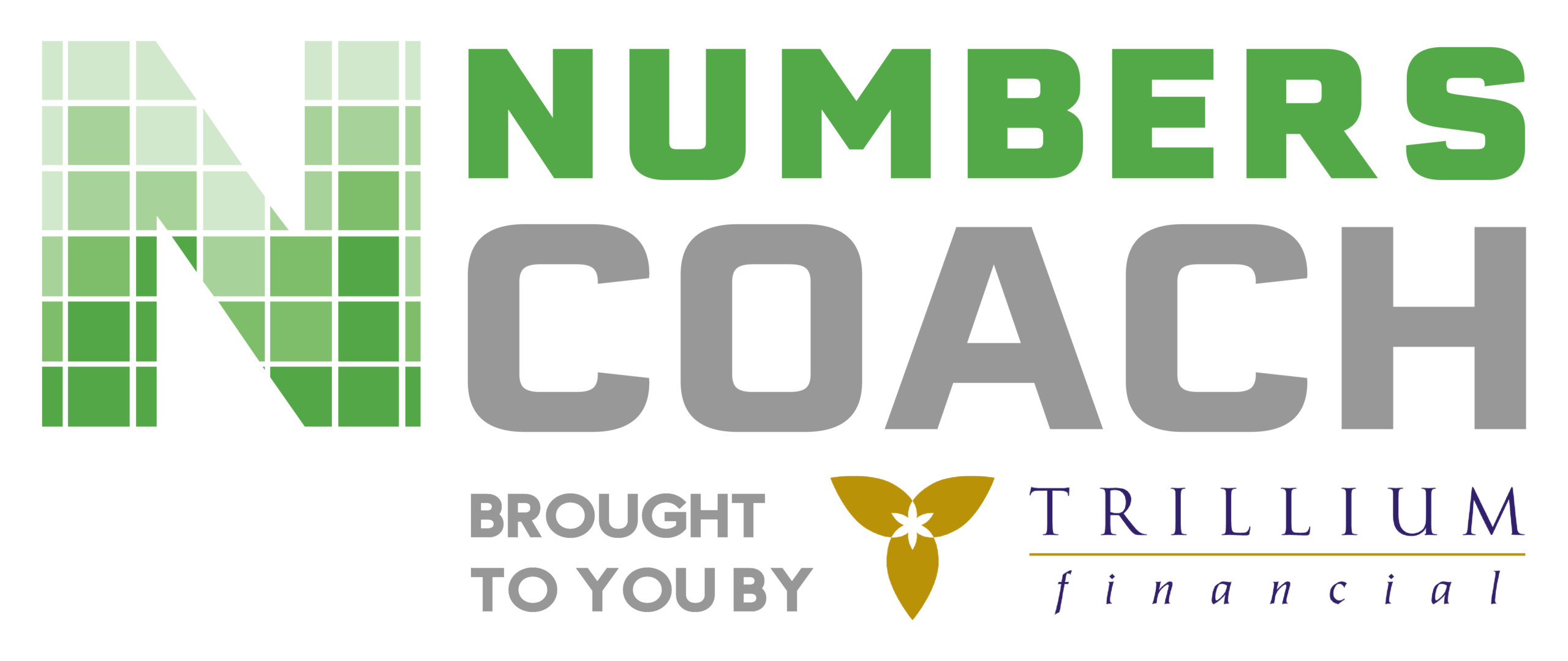by Michael Iverson
Short-term cash flow challenges are very common among small businesses. When a business responds poorly to a cash flow challenge, its ability to continue operations may be jeopardized. Unfortunately, a poor reaction to a cash flow challenge is what often happens.
A common approach is for a business with tight cash flow to monitor its cash balance daily and estimate accounts receivable for the next several weeks. The problem with that approach: it doesn’t help the owner prepare for a cash crunch due to hit four to twelve weeks in the future. That’s why I recommend clients use a 90-day cash flow forecast.
Rolling 90-Day Forecast
The surest way to avoid an unpleasant cash flow surprise is to use a 90-day rolling cash flow forecast. The forecast usually takes the form of an Excel spreadsheet that shows the expected weekly cash receipts and payments. These are presented line by line and tracked weekly.
To create the forecast requires beginning cash balances, estimated cash receipts, estimated payroll and taxes, estimated operating expenses, payments coming due on notes and leases, and lines of credit.
Creating and updating a 90 day cash flow forecast provides numerous benefits:
- Visibility into your short-term cash needs
- Financial discipline in measuring your inflows and outflows of your business…”what gets measured, gets done
- Insights into your operations and its short-term flow of activities
Estimating Cash Inflows, Outflows
Inflows
Estimating cash receipts for a 13-week period is one of the more difficult components of the model. Whether your customers pay in a timely manner is typically a function of their own cash flow positions. Don’t be deterred from making your best estimates, knowing that actual receipts will differ from your estimates. Use recent payment performance of each customer as a guide.
Depending on the number of customers involved, you may want to create a line on the spreadsheet for your largest customers to identify their specific collection pattern independent of the rest of your customers. Alternatively, if your customer base has numerous small customers, you may want to create a separate tab that provides a general pattern of collection from your monthly sales.
Outflows
Payroll and related taxes are generally easier to estimate because for most businesses, the figures may not change much week to week or they change in a predictable manner. Payrolls that include commissions are more difficult to estimate. One way to estimate commission would be to obtain a historical trend of commission expense as a percent of sales. Then using this percent apply it to the collected sales or billed sales (whichever the commission is based on) subject to commission and put the amount in the period you expect to pay it.
Cash outflows for accounts payable and operating expenses can be easier to forecast. I suggest laying out the general timing of when you typically pay an expense. For example, office rent is typically due on the 1st of each month. In this case, you may show the payment as an outflow in the last week of the prior month to ensure the check arrives on the due date. If you see headwinds ahead in your cash flow keep your vendors apprised of your ability to pay and reward their patience as best you can.
Business conditions change quickly today. Keeping a tight rein on cash flow is a small business survival skill and the life blood of a company. The 90-day rolling forecast is a good tool that can help you stay in control of your cash flows. For a forecast to be accurate and relevant, it should be monitored on a regular basis and updated with forecast compared to actual. See where the differences occur and adjust your forecasting for any trends that you see. When the forecast is used this way, it becomes a tool for active management of a business’s cash position.
If you need help putting together your forecast, give us a call.
